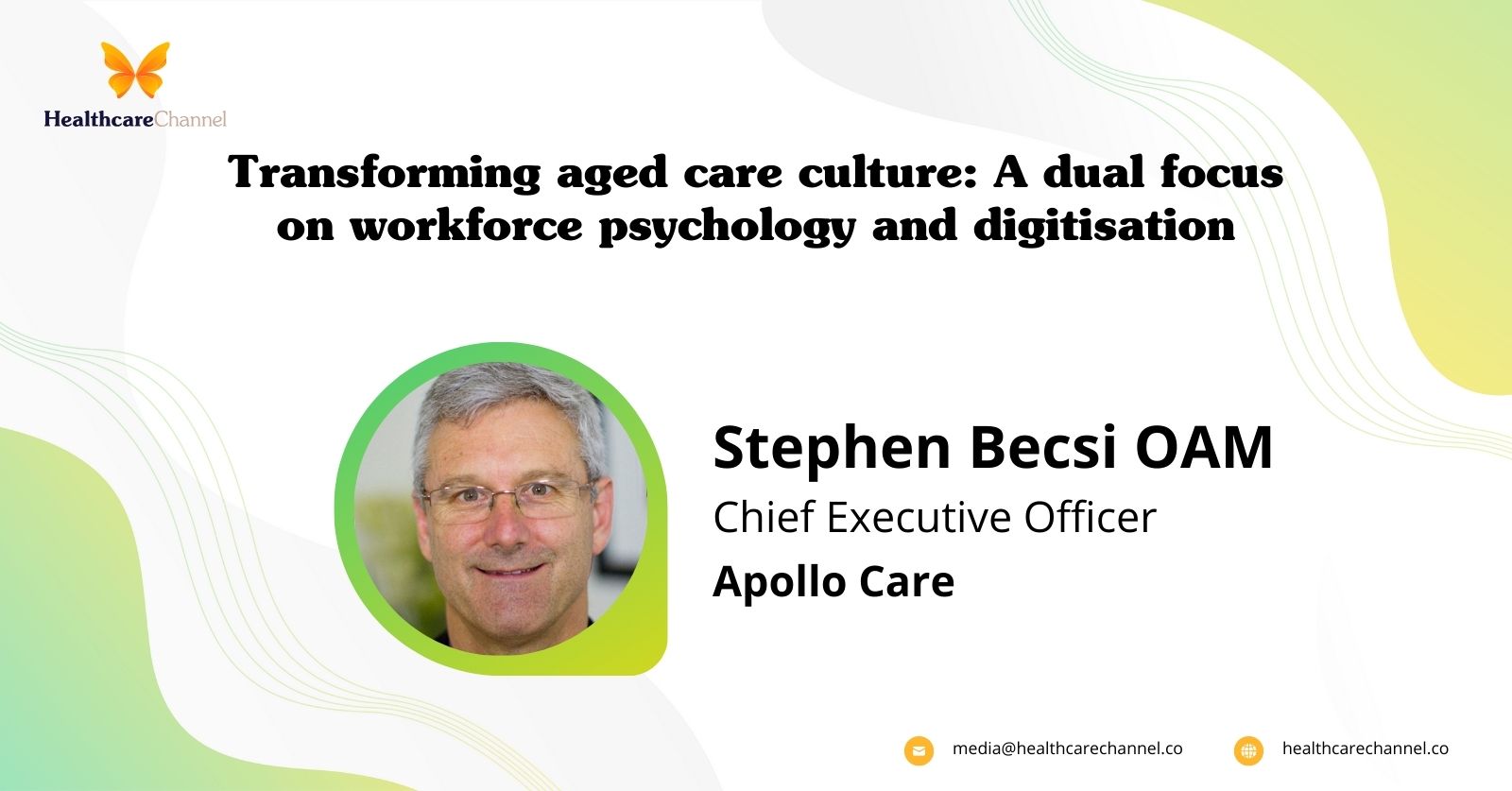In the present study, we found that poor sleep quality, long sleep latency, sleep disturbance, daytime dysfunction, and longed sleep duration were associated with increased odds of frailty in an elderly population. In addition, to the best of our knowledge, for the first time, we found that sleep disturbance variables such as sleep latency, were associated pre-frailty in this elderly population aged 70–87 years.
In the Osteoporotic Fractures in Men (MrOS) cohort of U.S. males aged 67 years and older, Ensrud [15] et al. found that poor subjective sleep quality of PSQI> 5, objective parameters of less sleep efficiency, and objective parameters of sleep disordered breathing were independently associated with a higher odd of being frail in cross-sectional analysis. Later, in a prospective study follow-up of an average of 3.4 years, they replicated these associations [17]. Our results are similar to their observations that poor subjective sleep quality was associated with frailty status in Rugao population. In addition, we extended the associations to pre-frailty status which is even more clinically relevant since it is reversible condition when timely intervened.
Poor sleep quality measured by PSQI was associated with frailty not only in community population setting but also in institutionalised setting where frail elderly (374 elderly residents of long-stay institutions aged 77.52 ± 7.82 years) exhibited poor sleep quality [31]. In addition, the associations were also observed for frailty measured with other instruments. In 351 Atahualpa residents aged ≥60 years, Brutto et al. found that higher scores of the PSQI were significantly associated with higher scores in the Edmonton Frail Scale [16].
For the component of sleep quality, we found that long sleep latency and sleep disturbances were associated with increased risks of pre-frailty and frailty in Rugao population. This is similar to the observations that long sleep latency and poor sleep efficiency measured by objective actigraph were associated with higher odds of prevalent frailty [15] and higher risk of incident frailty [17]. Another significant component associated with frailty we observed in this population aged 70–87 years is daytime dysfunction. To the best of our knowledge, this is the first report correlated daytime dysfunction with frailty status in elderly population since other studies such as Ensrud et al. [15, 17] did not specially analyze the relationship between PSQI components and frailty. However, using the objective actigraph measurements, Ensrud et al. found that another relevant symptoms, excessive daytime sleepiness, were associated with increased odds of frailty in the MrOS cohort [15]. This corroborates our observations from another perspective.
The observations addressing the relationship between sleep duration and frailty were less consistent. Both long sleep duration (≥9 h) and short sleep duration (≤6 h or ≤ 5 h) were associated with higher odds of frailty in Japanese [18] and Danish population [32]. However, only long sleep duration (≥10 h or ≥ 9 h or ≥ 8 h) was found associated with higher odds of frailty in American elderly [19], our Chinese elderly, or Korean elderly people [20], respectively. Interestingly, using data of NHANES cohort of U.S. population, Zhang et al. found that sleeping > 9 h was associated with frailty in males and sleeping < 6 h were associated with frailty in females, which indicate a gender specific association [33]. Low levels of daily exercise, low muscle strength, and very slow walking speeds, all indicative of prefrailty/frailty also showed prolonged sleep duration (≥9 h) in a British elderly population [34]. Since both prolonged sleeping hours and frailty may be manifestations or biomarkers of disease status of the studied participant, in the present study, we adjusted several health variables in the analysis models and still observed the associations. In addition, since elderly people may spend more time in bed when they are frail (i.e. reverse causality), and aforementioned cross-sectional data cannot provide evidence for the direction of the association, evidences in the prospective studies need to be accumulated with respect to the association between sleep duration and frailty.
Several possible underline mechanisms may help explain the associations of sleep disturbances with frailty. (1) sleep symptoms may be markers for comorbidities and poor health which increases the likelihood of frailty [17]. Although we adjusted multiple disease covariates in the present study, we could not exclude this possibility. (2) The disrupted circadian rhythms induced by sleep disorder may contribute to dysregulation of immune system with increased systemic inflammation factors which contribute to the development of frailty [35]. (3) sleep disorder may contribute to increased oxidative stress and alterations of metabolic pathways favouring catabolism, which could serve as a combined risk for the development of frailty [36]. (4) Disturbed sleep may reduce growth hormone, insulin-like growth factor-1, and sex hormone such as testosterone secretion, which in turn enhance muscle proteolysis, thus, leading to sarcopenia and frailty [37]. In the future study, we need to measure these cytokines in our participants to explore whether they mediate the sleep-frailty associations.
The limitations of this study need to be mentioned. The cross-sectional nature of this study prohibits causal inference since the relationship between frailty and sleep disturbances may be bidirectional. In addition, it’s a pity that we did not measure the actigraphic or polysomnographic parameters in our cohort, therefore, we could not validate the objective associations of sleep disturbances and sleep disordered breathing with frailty. Further, a significantly large percentage of the subjects were farmers, such a specific occupation is not only physically demanding that could impact frailty but also have a particularly unique regimental challenges to one’s sleep. This may affect the generality of our findings.





























